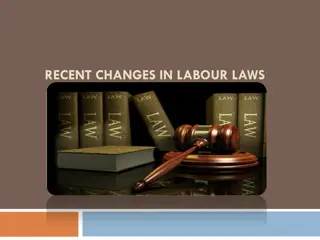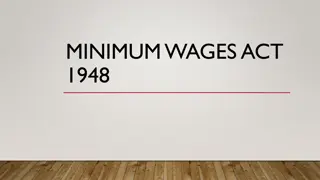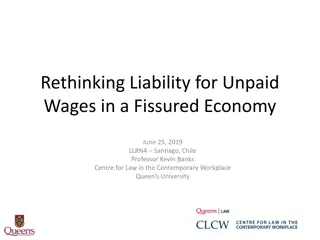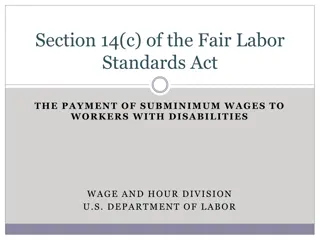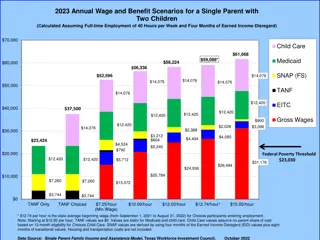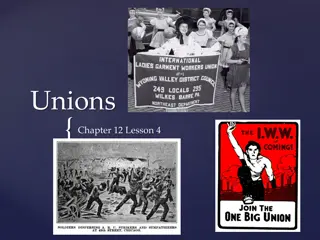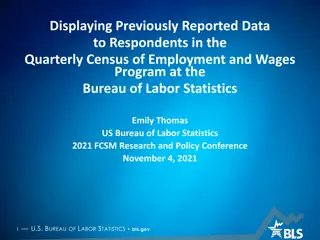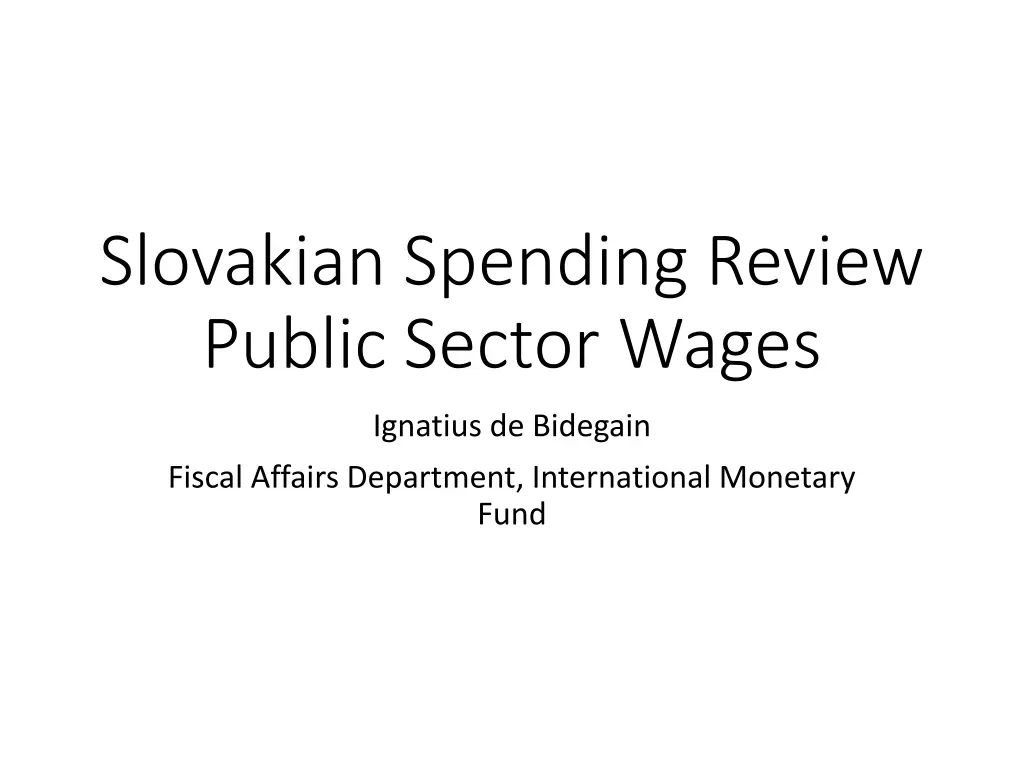
Understanding Slovakian Public Sector Wage Review and Spending Analysis
Explore the challenges and opportunities in Slovakian public sector wage review and spending, including the impact on fiscal affairs and long-term budget projections. Gain insights into budgeting, pay structure, and workforce planning for effective policy objectives.
Download Presentation

Please find below an Image/Link to download the presentation.
The content on the website is provided AS IS for your information and personal use only. It may not be sold, licensed, or shared on other websites without obtaining consent from the author. If you encounter any issues during the download, it is possible that the publisher has removed the file from their server.
You are allowed to download the files provided on this website for personal or commercial use, subject to the condition that they are used lawfully. All files are the property of their respective owners.
The content on the website is provided AS IS for your information and personal use only. It may not be sold, licensed, or shared on other websites without obtaining consent from the author.
E N D
Presentation Transcript
Slovakian Spending Review Public Sector Wages Ignatius de Bidegain Fiscal Affairs Department, International Monetary Fund
Introduction Introduction The wage bill comprises between 1/4 and 1/5 of public spending Challenges: even modest changes will have a significant fiscal impact. Easy to adjust wage-bill upwards, but more difficult to adjust downards Opportunities: as an important element of spending, it can become a lever for broader policy objectives
I. Budgeting I. Budgeting Figure 1 Evolution of public wage bill (EUR million) and their share of government expenditure Robust projections help assess medium- and long- term fiscal trade-offs Several emerging questions: Source: CFP MINISTRY OF FINANCE What have we learnt from evolution of wage-bills in workforces that have already undergone wage reform? What will be the impact of indexation on the wage-bill? How will indexation and pay matrices be reviewed in future? What is the role of the MOF in setting budgets for SOEs? How do we explain continued nominal vacancies in budgeting?
II. Structure of pay II. Structure of pay Topic Issues Recommendations Length of pay bands - Short bands constrain ability to attract and retain higher skill - Seek legal advice on equal pay risks Think of how wider bands will affect pay gaps between ministries - Performance pay - Could be used to determine workers position within wider pay bands - Managerial discretion must be underpinned by strict criteria Need culture change to embed in reformed pay systems - Other types of pay variability - Productivity and performance are sometimes more difficult to assess - Allowances or special pay arrangements for professions, specialisms or scarce skills can be effective Ideal pay system? - Depends on the workforce and circumstances! - Integrate workforce planning, pay strategy and budgeting
III. Workforce planning III. Workforce planning Age structure of staff (2017) Pay differentials are important, but must be complemented with Recruitment and Retention data Ageing will profoundly change both the workforces, and the needs of the public they serve. How will the pipelines of health workers address this? For which skills and professions does the pay system need to change? Source: IPs, UHP transfers A third of employees will retire within 10 years Robust workforce planning integrated with budgeting can strengthen the role of the MOF, rationalize costs and help deliver on broader policy objectives





